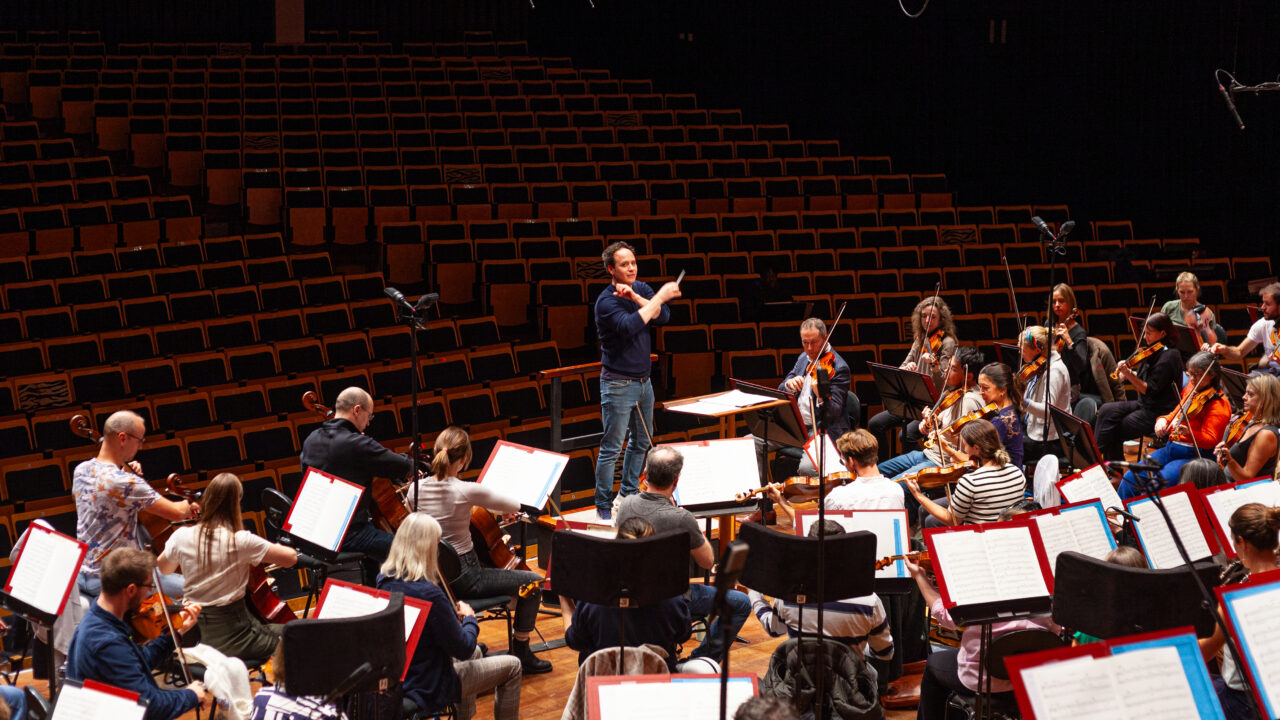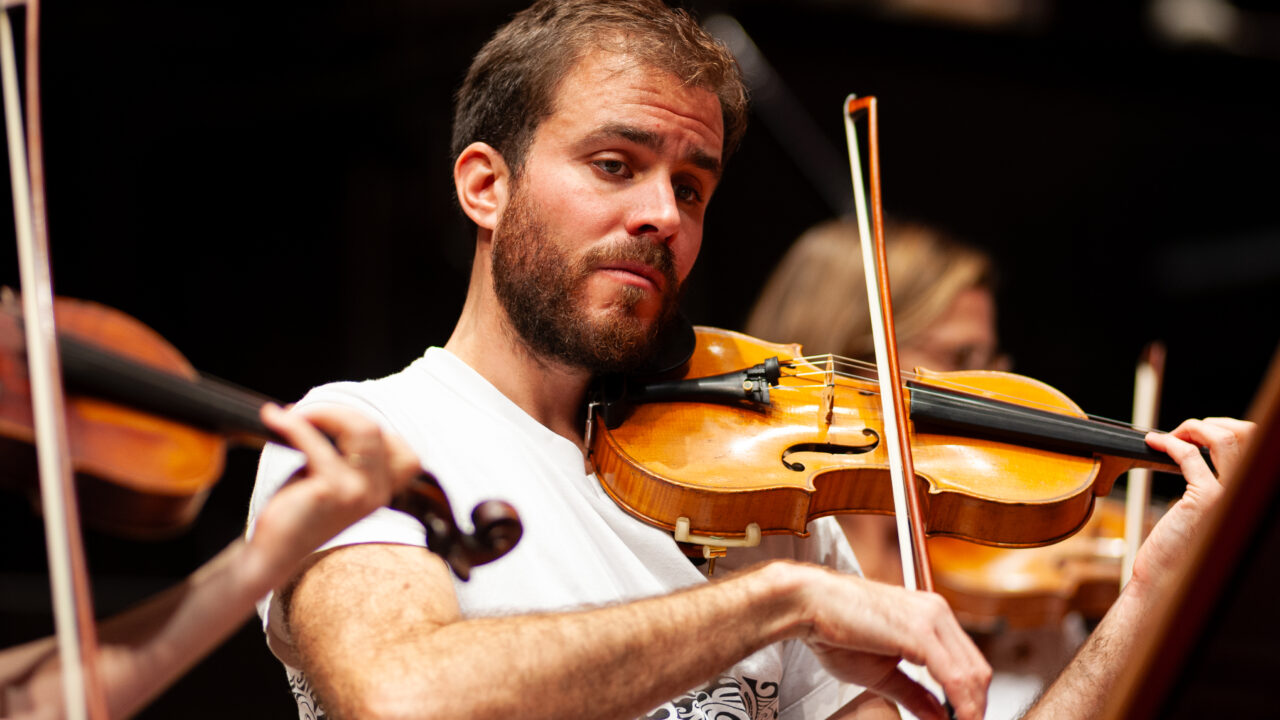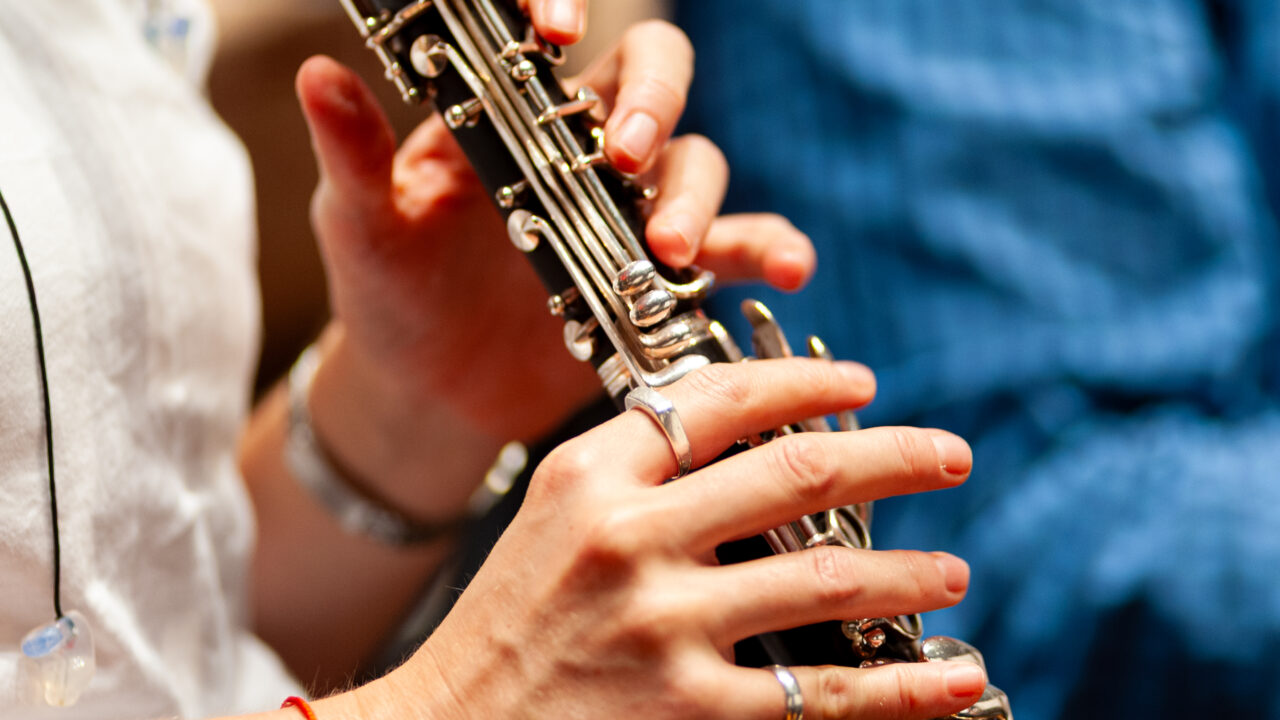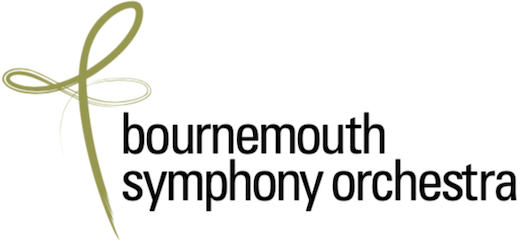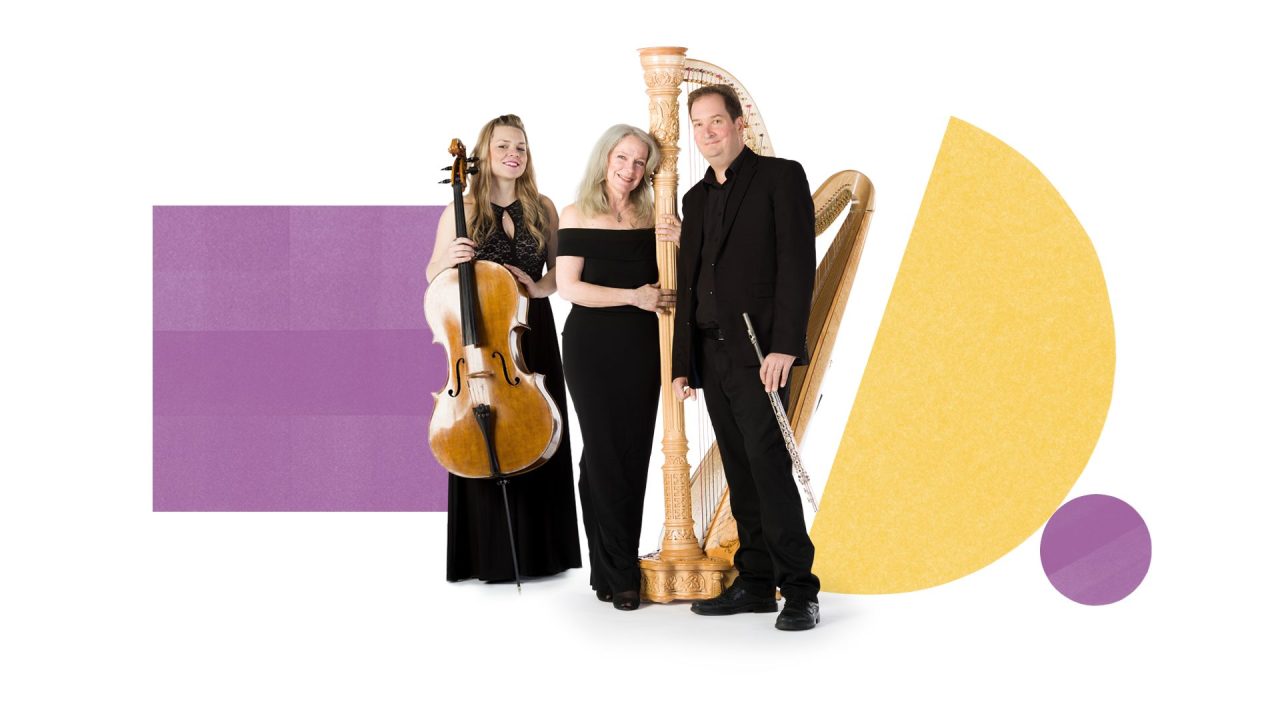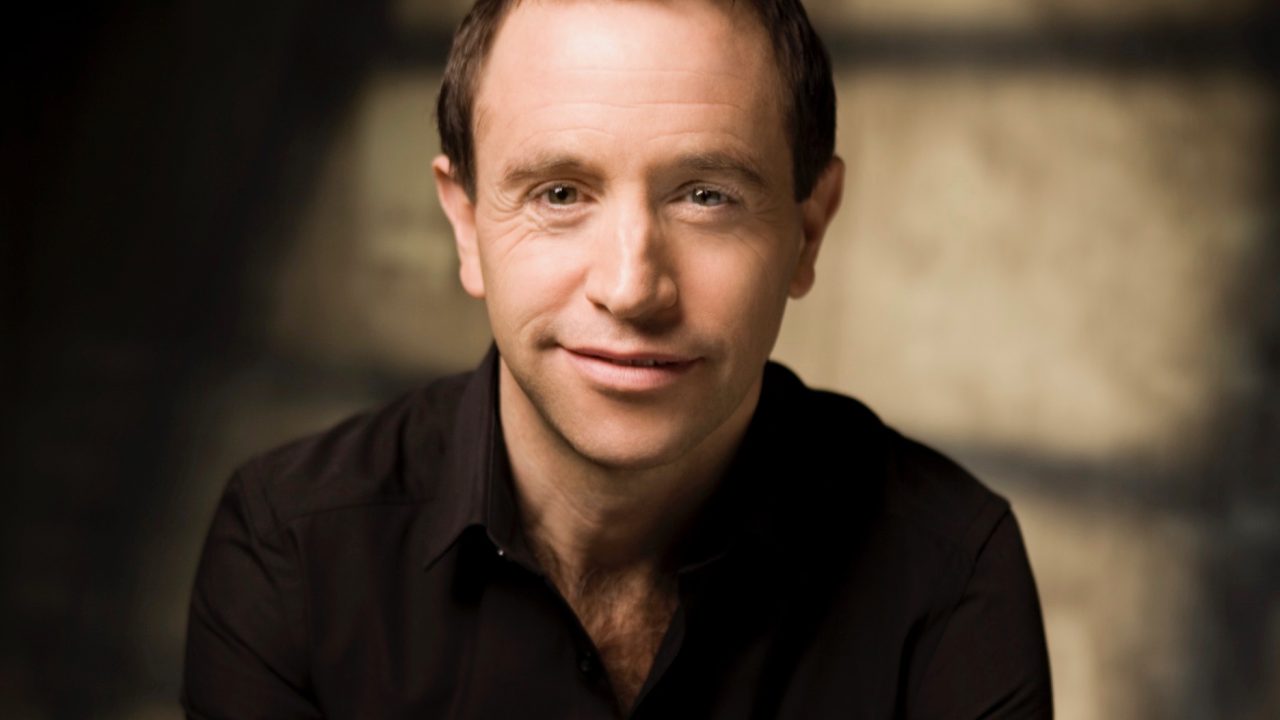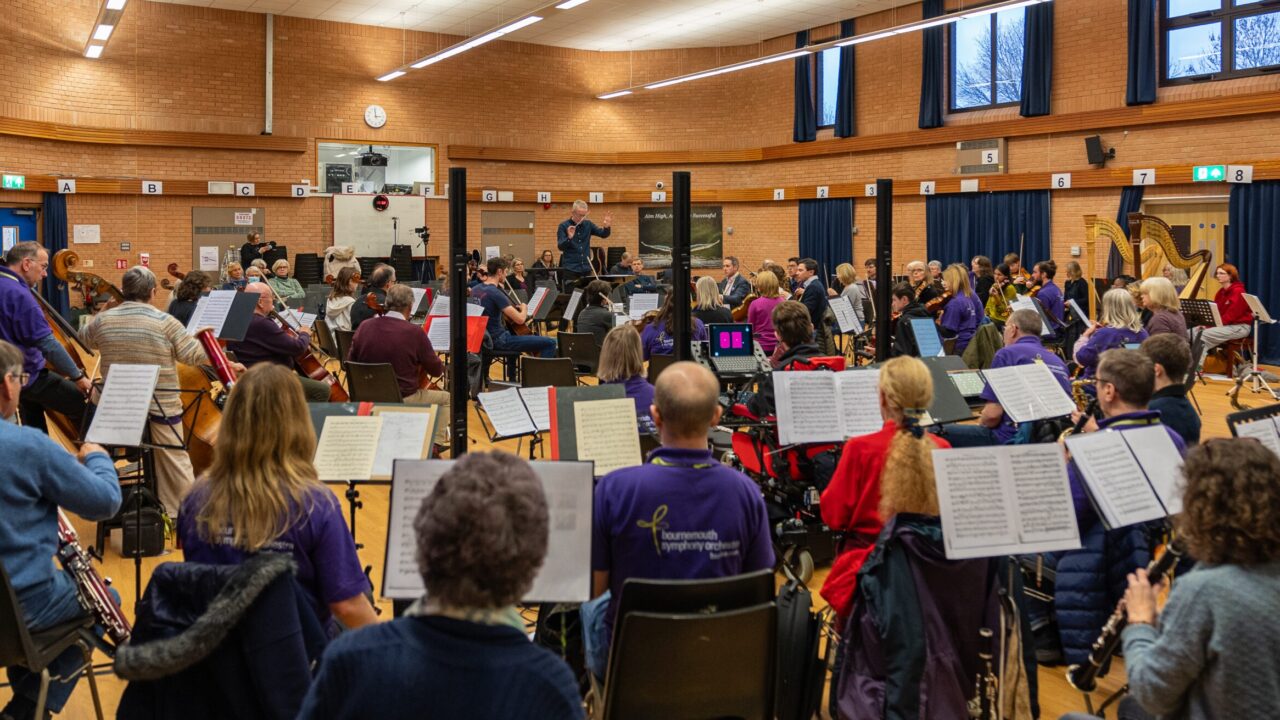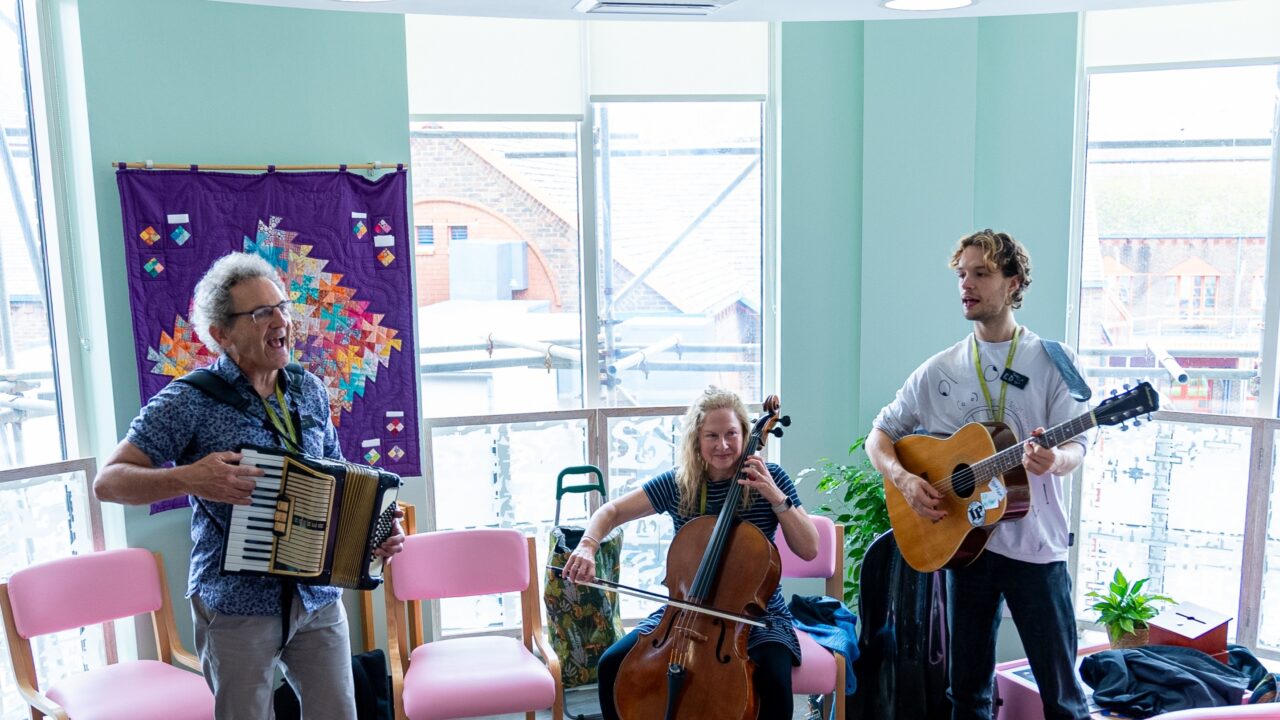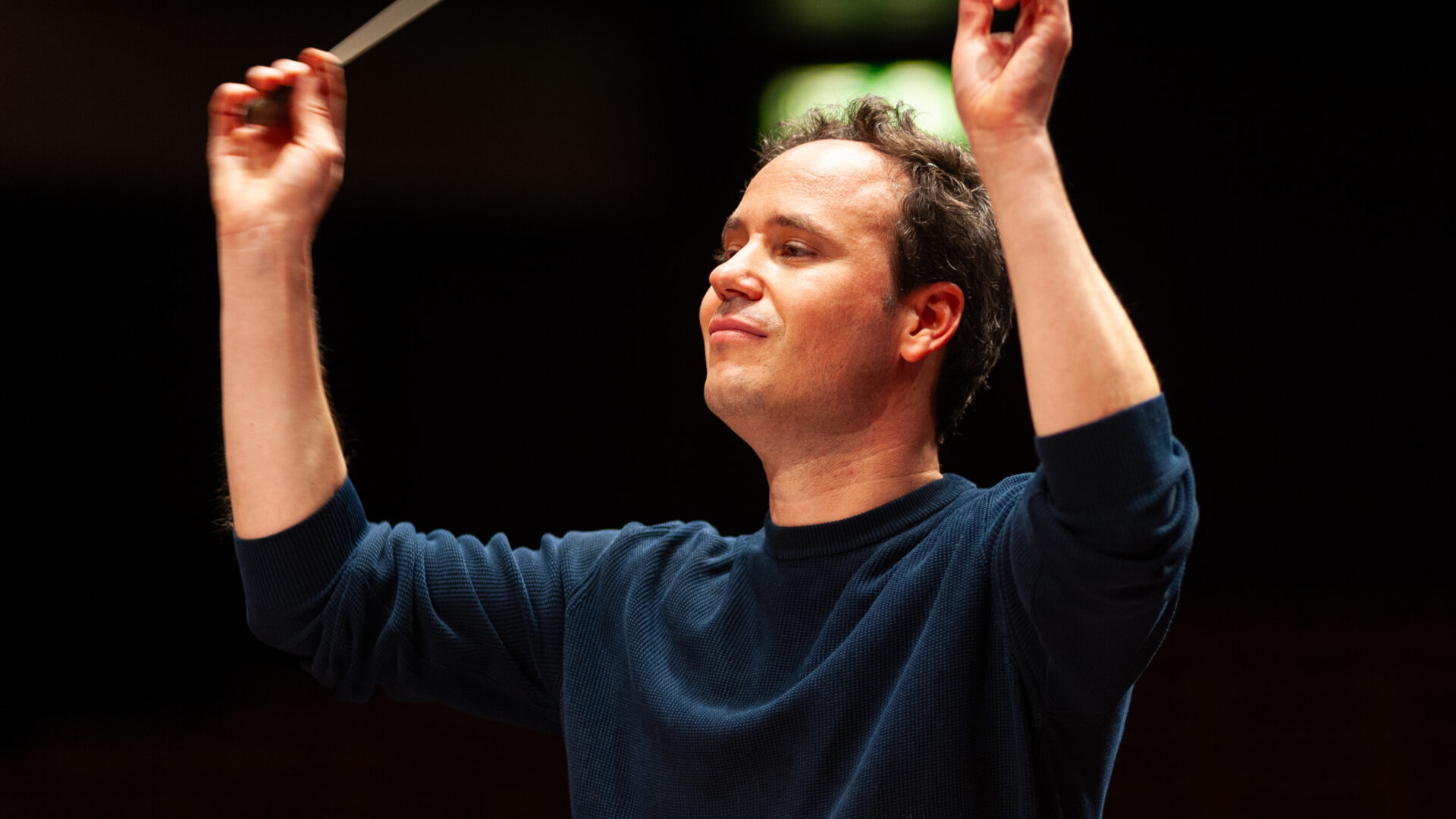Originally a project shared between Elgar and Richard Strauss as a gesture of post-hostilities reconciliation, Strauss never got around to orchestrating the Bach. Looking for inspiration following the death of his wife, Elgar turned his imagination to Bach having the much-expanded instrumental resource and colour of two centuries later. In the event, after an elegiac realisation of the Fantasia, the Fugue turns into a Mad Hatter’s tea party. Savoured to the utmost carefree and tongue-in-cheek style in this exuberant performance, compliments were offered to both composers as Nimrod found entry to Cockaigne. JS Bach would surely have appreciated Elgar’s and conductor Gergely Madaras’s daredevil approach just as much as Lighthouse audience’s appropriately tumultuous applause.
Unique in Sibelius’ output as with Elgar’s five years later in 1910, both composed only one concerto for violin that consolidates groundbreaking symphonic credentials for the genre together with some of the most demanding music for the soloist. Synergy between Kristīne Balanas and the orchestra brought sympathetic balance and flexibility voiced with acuity and intuitive contrast throughout, always with time and space for some especially contemplative inner moments as well as hair-raising virtuosity. Every aspect gelled with compelling realisation – no encore required.
More stark contrast after the interval. Josef Suk’s Meditation on an old Czech Hymn: St Wenceslas is a short lament for the outbreak of WW1 that ends with hope for peace. Voiced by strings alone, its intensity of expression could have influenced Samuel Barber’s Adagio for Strings of 1936. Gergely Madaras fashioned a multi-layered texture of radiant tone, emotion and glowing sincerity before making a canny move directly into Respighi’s spectacular Church Windows with no intermediate audience applause.
“Gergely Madaras fashioned a multi-layered texture of radiant tone, emotion and glowing sincerity before making a canny move directly into Respighi’s spectacular Church Windows with no intermediate audience applause.”
Having conjured an alluring serenity with the opening Flight into Egypt, the following window of St. Michael Archangel exploded as though Lighthouse was suddenly under nuclear attack. Temporary respite followed with the contemplative Matins of St. Clare before the papal coronation of St. Gregory the Great – in every sense a ground-shaking event that seemed to dismiss even the archangel himself into oblivion with an orchestra augmented by piano, celeste, organ, harp, bells and a trio of three tam-tams of varying size as part of a large contingent of percussion. Scholarship has it that the prime stimulus came from the composer’s fascination with Gregorian Chant and reworking his early set of three piano preludes for depicting the windows. Humble beginnings, but The End really seemed nigh as Lighthouse foundations trembled beneath this apocalyptic performance.
In the run up to Christmas, BSO’s ongoing season at Lighthouse continues with yet more worthy choices of great works not so frequently performed. Look out for Tchaikovsky’s Manfred Symphony – 29 Oct, Berlioz Symphonie Fantastique – 5 Nov, Duruflé Requiem – 12 Nov, plus Korngold’s sumptuous Violin Concerto paired with Dvořák Symphony No.6 on 26 Nov.
Critic Ian Julier
Catch up on the full concert here until 15 November
Gallery
